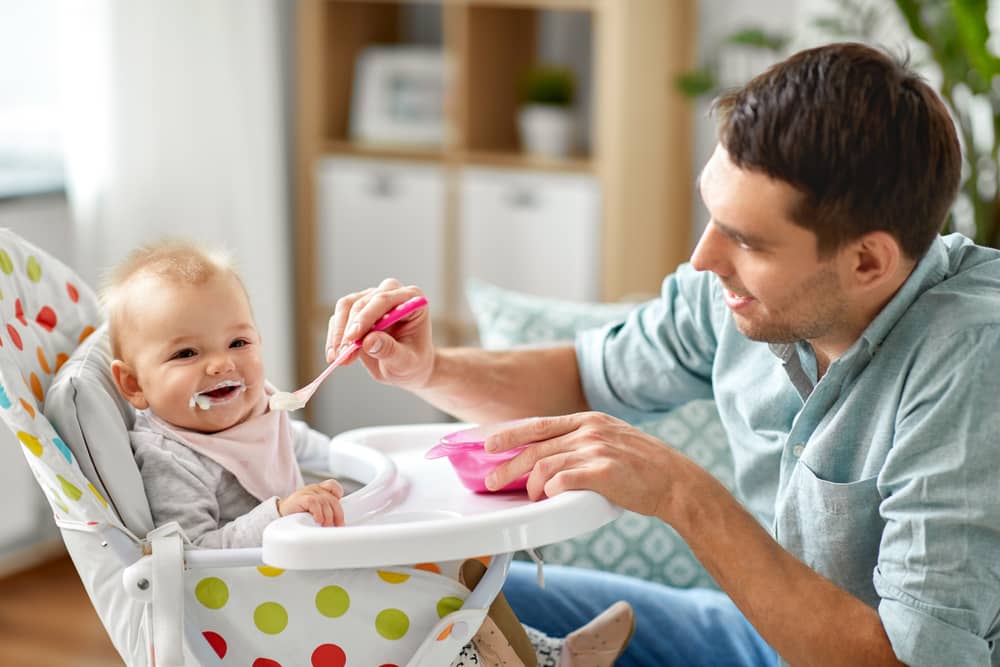Eating, Diet, & Nutrition for Hirschsprung Disease
How does Hirschsprung disease affect a child’s eating and nutrition?
Before Hirschsprung disease is diagnosed and treated, a child may develop
- problems feeding
- failure to thrive, meaning an infant or a child weighs less or is gaining less weight than expected for his or her age
- malnutrition, a condition in which a child doesn’t get enough vitamins, minerals, and other nutrients to be healthy
What should my child eat and drink after Hirschsprung disease has been treated?
Talk with your child’s doctor about what your child should eat and drink after pull-through surgery to treat Hirschsprung disease. If your child had ostomy surgery, your child’s doctor and ostomy nurse can provide advice about diet after ostomy surgery.
Children usually don’t need to follow a special diet after Hirschsprung disease has been treated. If a child develops problems after surgery, such as bowel control problems or constipation, doctors may recommend diet changes, such as eating more foods that contain fiber.
Some types of Hirschsprung disease affect all of a child’s large intestine and part of the small intestine. After surgery to remove the affected parts of the intestines, a child may have problems getting enough nutrients and may need nutritional support or other treatments.
 Consult your doctor about what your child should eat and drink after surgery to treat Hirschsprung's disease.
Consult your doctor about what your child should eat and drink after surgery to treat Hirschsprung's disease.
This content is provided as a service of the National Institute of Diabetes and Digestive and Kidney Diseases
(NIDDK), part of the National Institutes of Health. NIDDK translates and disseminates research findings to increase knowledge and understanding about health and disease among patients, health professionals, and the public. Content produced by NIDDK is carefully reviewed by NIDDK scientists and other experts.

